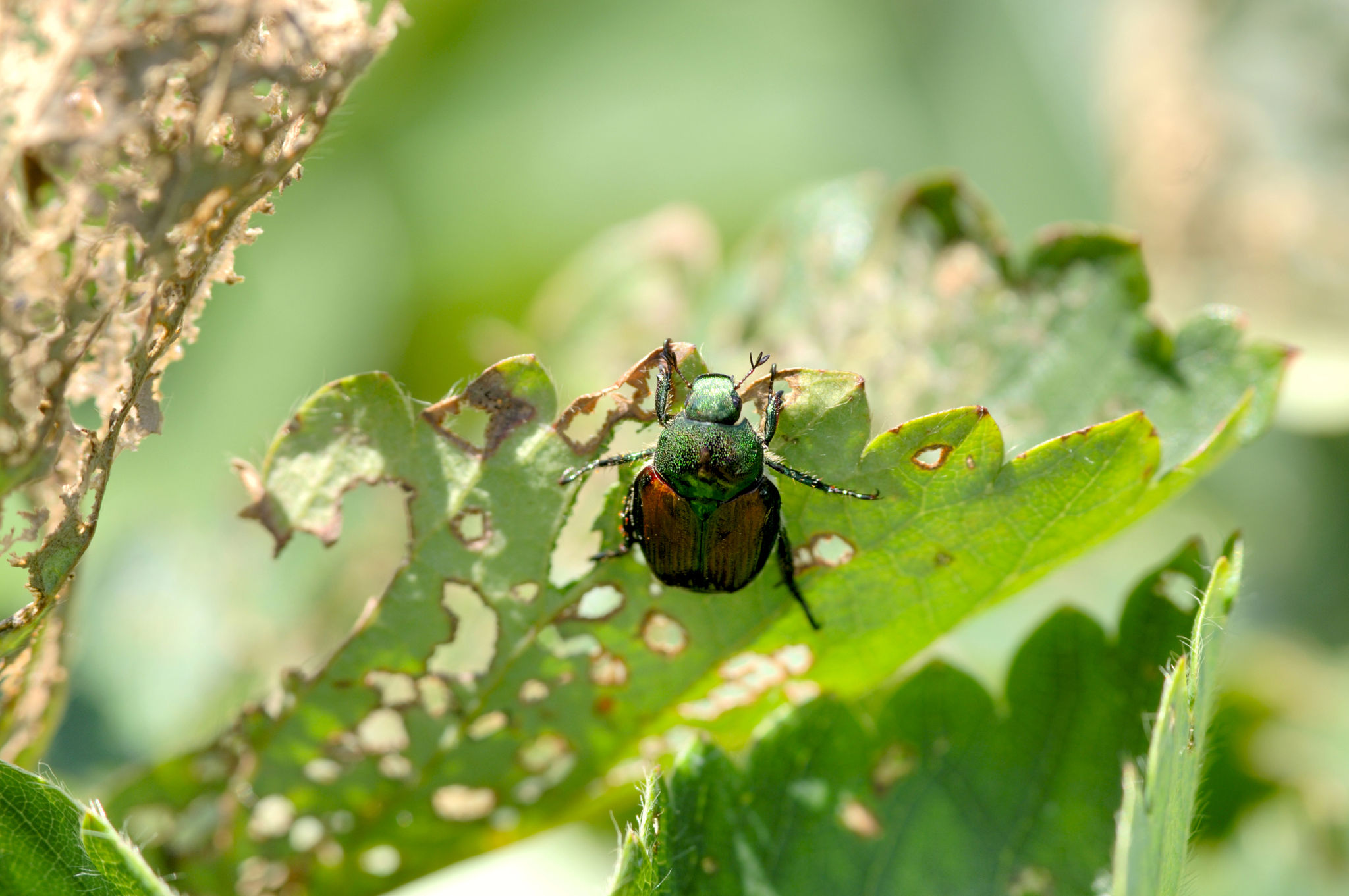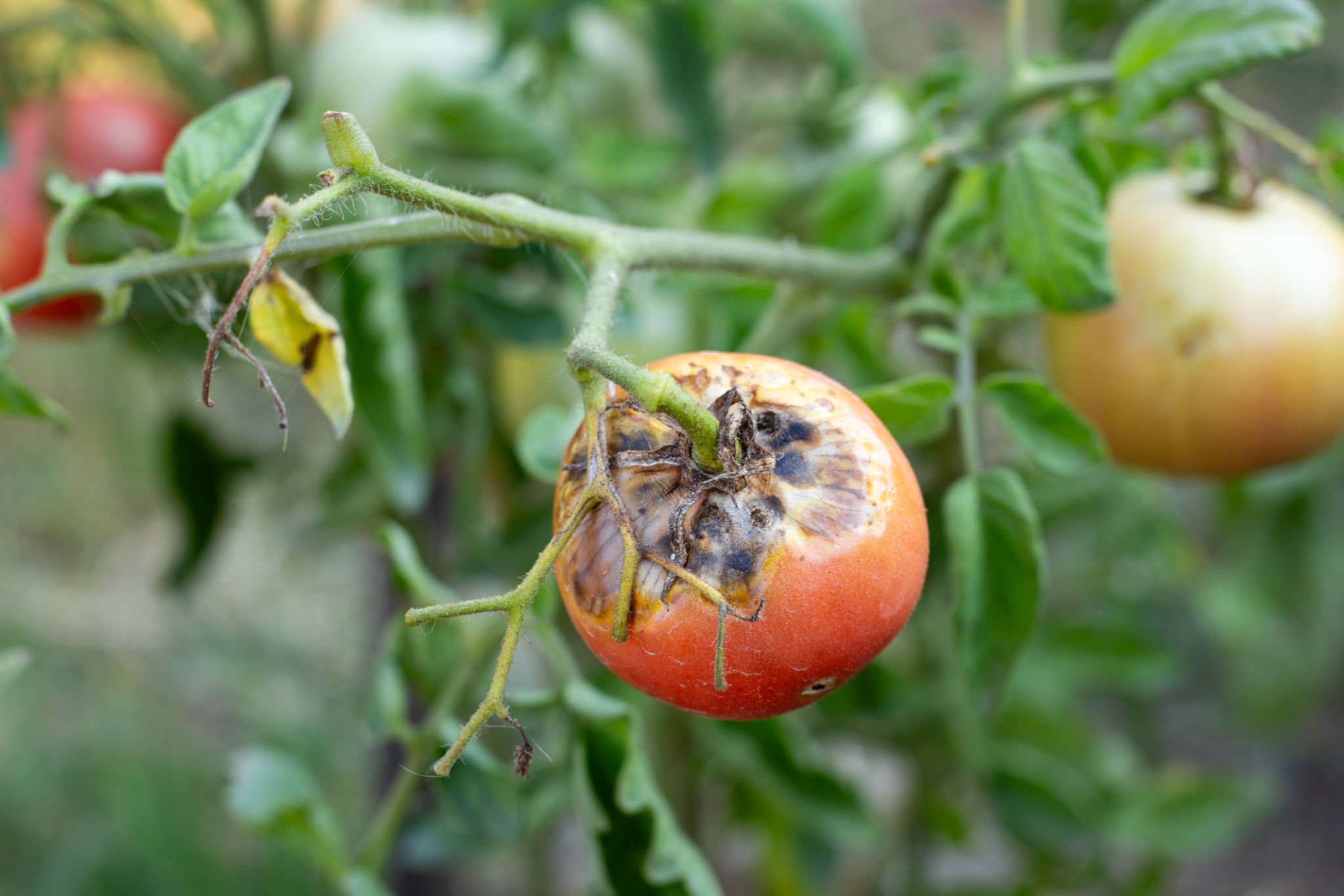Emerging Pest Threats in Australia: What You Need to Know
Australia is home to a unique and diverse ecosystem. However, this diversity also makes it a breeding ground for various pest threats. These pests pose significant risks to agriculture, biodiversity, and public health. Understanding these emerging threats is crucial for effective management and prevention.
The Rise of New Pest Species
In recent years, Australia has experienced an increase in the number of invasive pest species. These pests often arrive through international trade and travel, establishing themselves in the local environment. Once settled, they can spread rapidly due to favorable climatic conditions.
One such example is the brown marmorated stink bug, which has been detected at Australian ports and poses a threat to crops and ornamental plants. Vigilant monitoring and biosecurity measures are essential to prevent its establishment.

Impact on Agriculture
Pests can have devastating effects on agriculture, leading to significant economic losses. They damage crops, reduce yields, and increase the cost of pest control measures. The fall armyworm, for instance, has been reported in northern Australia, affecting a range of crops such as maize, sorghum, and sugarcane.
Farmers are encouraged to adopt integrated pest management strategies to mitigate these impacts. This includes regular monitoring, biological control methods, and the judicious use of pesticides.

Threats to Biodiversity
Beyond agriculture, emerging pests also threaten Australia's rich biodiversity. The cane toad is a notorious example of an introduced species that has caused ecological havoc. Similarly, invasive ants like the yellow crazy ant can disrupt ecosystems by preying on native species and altering habitats.
Efforts to control these pests often involve community participation and government support. Public awareness campaigns and research into ecological impacts are vital components of these initiatives.
Public Health Concerns
Pests can also pose serious public health risks. Mosquito-borne diseases such as dengue fever and Ross River virus are prevalent in certain regions. Recent climate changes have expanded the habitats where these mosquitoes thrive, increasing the risk of outbreaks.
Personal protection measures, such as using insect repellent and installing screens on windows and doors, can help reduce exposure. Community-based programs focused on mosquito control are also important in managing these public health threats.

Future Outlook
The future of pest management in Australia relies on innovative solutions and cross-sector collaboration. Advances in technology, such as remote sensing and genetic research, offer new avenues for detecting and controlling pest populations.
Government agencies, agricultural bodies, and environmental organizations must work together to address these emerging threats effectively. By staying informed and proactive, Australia can protect its unique environment from the challenges posed by invasive pests.
